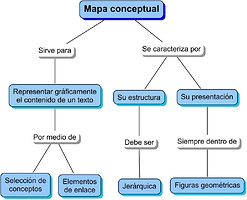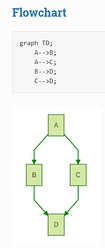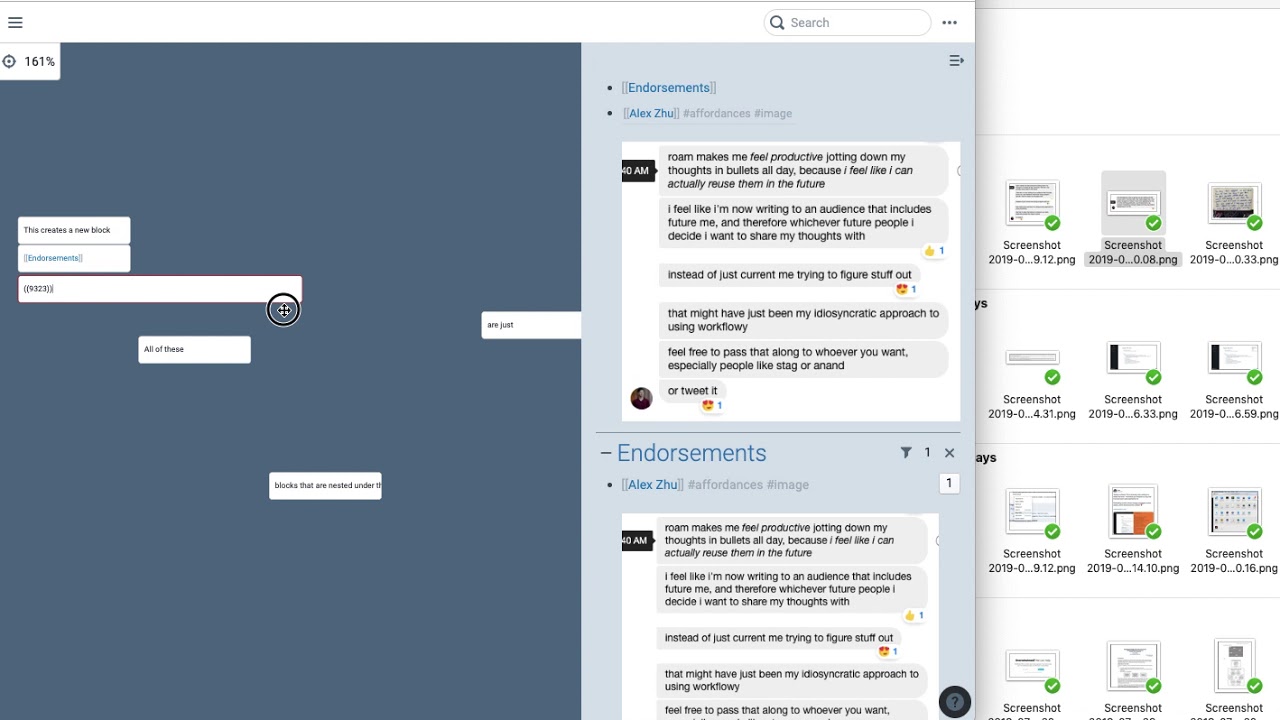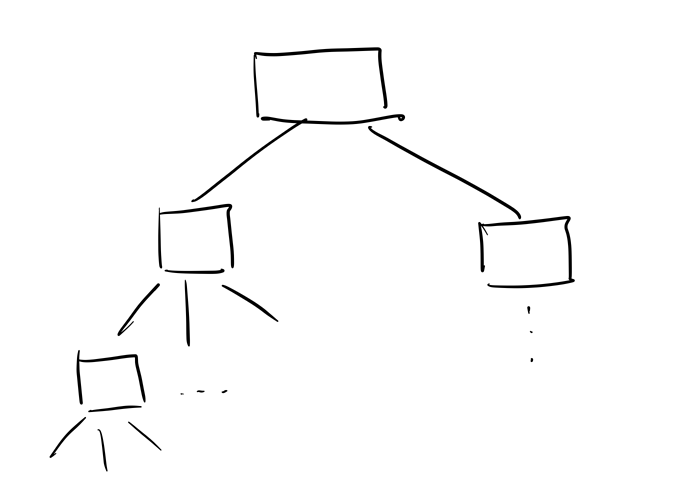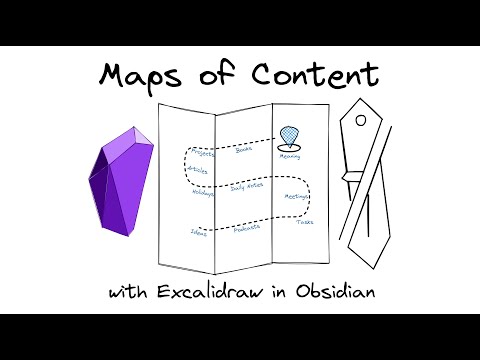please make it possible to create diagrams, flowcharts and concept maps. I think it is very necessary since many of us use them even in notes on paper. In medicine we usually use them to explain diagnostic algorithms, protocols or even explain a concept.
Some context/ideas from Discord discussion with FlashKey and @Eiko:
@Eiko suggested Mermaid diagrams
Roam has a diagram prototype (?) which supports arranging some pages on canvas:
And a more custom concept map, though this will be hard to generate in the general case from just a few bullet points without extensive configuration (suggested by insecure_jezza):
For clickable Rem References is an diagram, please upvote also this Feature Request: Clickable SVG Links
Hey RemNote team,
thank you for the great app. It would be very cool, if there would be an organigramm view (top down) possible in addition to the tree structure. Thanks a lot 
Can you share an image of what you are imagining?
There is a bit of discussion of what sounds similar in Flowcharts and concept maps
Hey, yes of course.
I think this view in addition to the existent structure would be great for learning and content management.
RemNote is a learning tool, it allows to take and organise notes and test knowledge with its flashcard system. Learning = understanding + memorisation.
For understanding better complex concepts, a concept map or a mind map or any type of suitable diagram may be useful. Each element would be made of some text and optionally an image in order to stimulate visual memory. There are thirdy party programs that allow to make such diagrams, anyway it would be great to have such functionality inside RemNote itself.
As an optional improvement it would be cool if each element of the map could be linked to a REM and if it could be possible to build the map by dragging and dropping keywords directly from Rems of the same folder let’s say…maybe RemNote could display a list of keywords that were highlighted or tagged in a certain way before, in order to speed up the creation process…I know the last things I said could be complicated to program, but I’m giving you my idea…it could be something that could be built in several iterations step by step.
I think there should be a caveat. In the book Ultralearning, the author mentioned that Testing is still better for learning than mind-mapping.
I don’t question the book at all even if I didn’t read it…I think there isn’t a contradiction between the two things. I’m not saying anyone has to use concept maps and mind maps, in fact I never used them in my life before, but I want to start. As I said before I believe and not only me but prominent scientists like Barbara Oakley and others that learning = understanding + memorisation. Testing allows to test your knowledge, it helps memorisation, beside the testing effect is also useful psychologically. It depends on what you study though: if you want to memorise that “dog” = “cane” in Italian, that would be pure memorisation, if you want to learn the cardiac cycle maybe you want a full understanding of how it works rather then memorizing full sentences, so you may have to break down concepts in smaller elements, see the big picture and how they relate to each other, which relations exists, see if there is a hierarchy too perhaps. Concept maps, mind maps or any other kind of chart/diagram can help in understanding and understanding is an essential part of learning. Sure you could try only with testing and many times it could be sufficient, but if you see yourself struggling with understanding, then you may integrate other methods like those outlined above. Making concept maps or mind maps may take longer time, so instead of making them always, you may use them in selected cases. Again, I’m not saying anyone has to use them, but probably now you get my point. How can you test something that after several tests you still struggle to understand? And even if you could memorise by rote everything does that make you a good student? You need to make concepts yours, so you can think out of the box, make connections, make deductions.
That’s why I said that there should be a caveat.
Obsidian has now a neat Excalidraw integration thanks to Zslot .
Having this kind of workflow would be a game changer for me since we can easily drag and drop rems and arrange them in the most visual fashion.
That would be very cool. I’ve been noticing more and more that I can often convey certain concepts more efficiently through diagrams that I could through text.
Excalidraw in remnote would be awesome!
Testing and mind mapping… apples and oranges. Testing (i.e., summative assessment) sets out to measure learning while mind mapping is typically used as a learning or cognitive strategy. Since most of the classroom experience is more formative in nature - or at least should be - assessment is more useful when it’s designed to improve learning. Mind mapping and formative assessment are intricately linked but again they are different. Mind mapping is usually what the learner does to understand concepts and formative assessment is the feedback loop that exists among instructors and students, students themselves, and students and other actors outside of the usual classroom experience. An instructor might rely on a learner’s mind map to provide feedback (formative assessment) based on the mind map itself along with any other evidence the learner has presented or is presenting at the moment. Mind maps are useful for learners who need a visual representation of how concepts relate to each other. This can complement more textual representations of the same understanding. As an instructor, having a robust mind-mapping tool in RemNote helps to orient learners to certain relationships that learners need to understand. So, two good reasons to have a mind-mapping feature in RemNote: 1) for learners and 2) for instructors. 
Please post all feature requests on the feedback platform. These particular requests already exist there: mind map and more broad annotated canvas.

